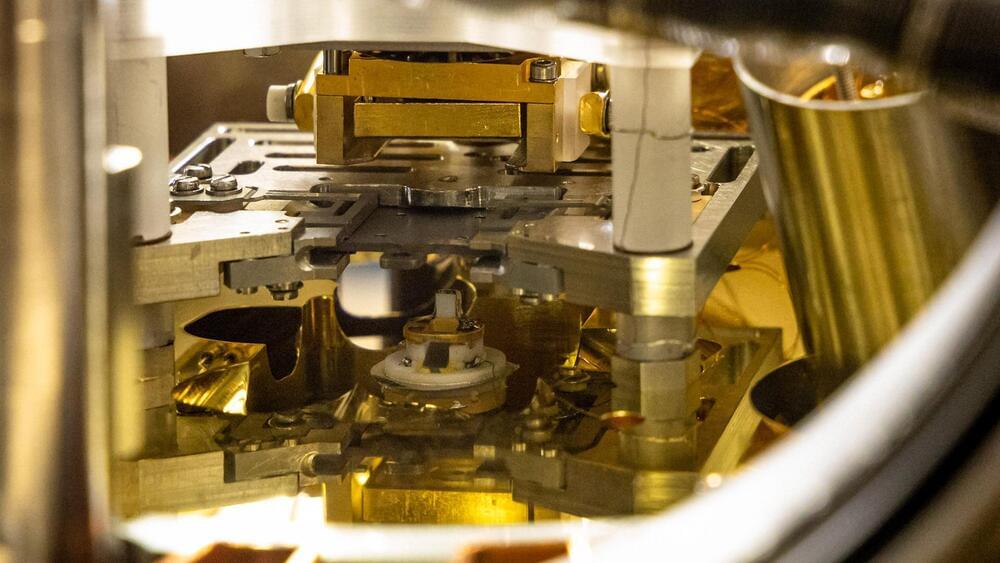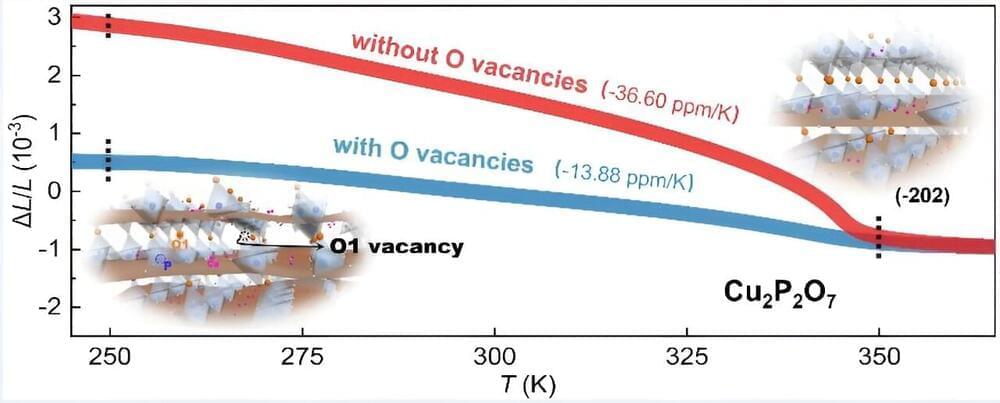New AI voice and video tools can look and sound like you. But can they fool your family—or bank?
WSJ’s Joanna Stern replaced herself with her AI twin for the day and put “her” through a series of challenges, including creating a TikTok, making video calls and testing her bank’s voice biometric system.
0:00 How to make an AI video and voice clone.
2:29 Challenge 1: Phone calls.
3:36 Challenge 2: Create a TikTok.
4:47 Challenge 3: Bank Biometrics.
6:05 Challenge 4: Video calls.
6:45 AI vs. Humans.
Tech Things With Joanna Stern.
Everything is now a tech thing. In creative and humorous videos, WSJ senior personal tech columnist Joanna Stern explains and reviews the products, services and trends that are changing our world.
#AI #Tech #WSJ





